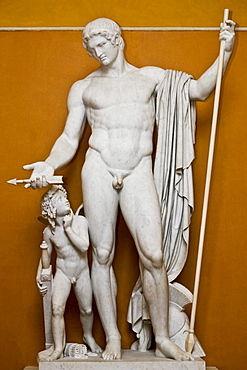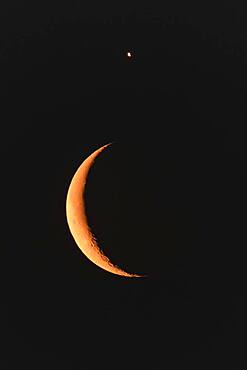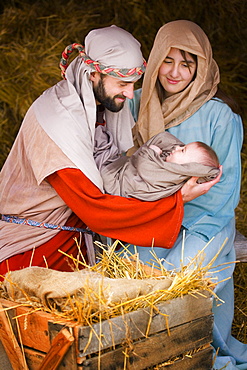Results
8 results found

My God, Help Me to Survive This Deadly Love by Dmitri Vrubel on the Berlin Wall, Berlin, Germany, Europe
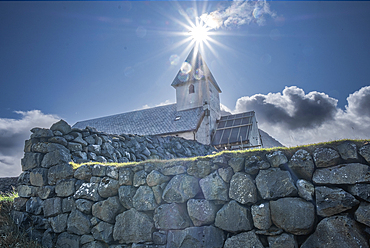
Vioareioi Church and the sun aligned with bell tower, Faroe Islands, Denmark, North Atlantic, Europe

The Statue of Eros, the Greek God of Love, erected in 1892 in memory of the Earl of Shaftesbury, Piccadilly Circus, London, England, United Kingdom, Europe

Aerial view over Piccadilly Circus, including the statue of Eros, the Greek God of Love, erected in 1892 in memory of the Earl of Shaftesbury, London, England, United Kingdom, Europe
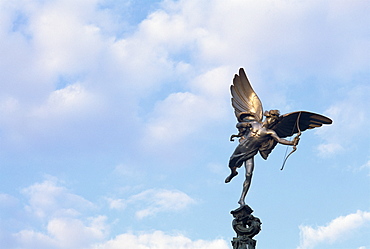
The Statue of Eros, the Greek God of Love, erected in 1892 in memory of the Earl of Shaftesbury, Piccadilly Circus, London, England, United Kingdom, Europe

People sitting on steps below the Statue of Eros, Greek God of Love, erected in 1892 in memory of the Earl of Shaftesbury, Piccadilly Circus, London, England, United Kingdom, Europe
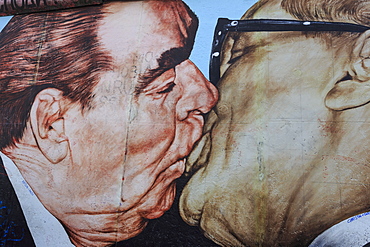
Close-up of mural My God, Help Me Survive Amid this Deadly Love by Dimitry Vrubel, Berlin Wall, East Side Gallery, Berlin, Germany, Europe
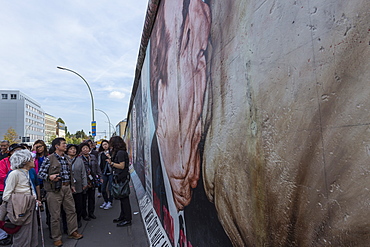
Tourists looking at mural My God, Help Me Survive Amid this Deadly Love by Dimitry Vrubel, Berlin Wall, East Side Gallery, Berlin, Germany, Europe
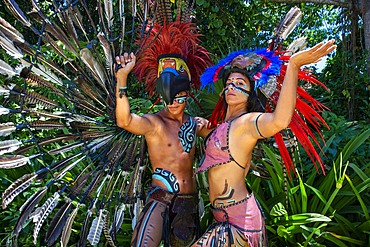
Mexican aztec dress gods at Grand Palladium White Sand Resort and Spa in Riviera Maya, Yucatan Peninsula, Quintana Roo, Caribbean Coast, Mexico.
Aztec clothing was generally loose fitting and did not completely cover the body. When the Spanish arrived in Mexico, the people were surprised to see them in their full armour, with only their faces exposed.
Aztec clothes were generally made of cotton (which was imported) or ayate fiber, made from the Maguey Cactus (also called the Century Plant or American Aloe). Women would weave the fibers into clothing, a task girls were taught as young teenagers. Because of their vast trading network, the Aztecs were able to make use of a beautiful array of dyes, creating the brilliant

Mexican aztec dress gods at Grand Palladium White Sand Resort and Spa in Riviera Maya, Yucatan Peninsula, Quintana Roo, Caribbean Coast, Mexico.
Aztec clothing was generally loose fitting and did not completely cover the body. When the Spanish arrived in Mexico, the people were surprised to see them in their full armour, with only their faces exposed.
Aztec clothes were generally made of cotton (which was imported) or ayate fiber, made from the Maguey Cactus (also called the Century Plant or American Aloe). Women would weave the fibers into clothing, a task girls were taught as young teenagers. Because of their vast trading network, the Aztecs were able to make use of a beautiful array of dyes, creating the brilliant

Interior of stylish living room decorated for Valentine Day. Gifts and coffee on the table and hearts air balloons near the pink sofa



